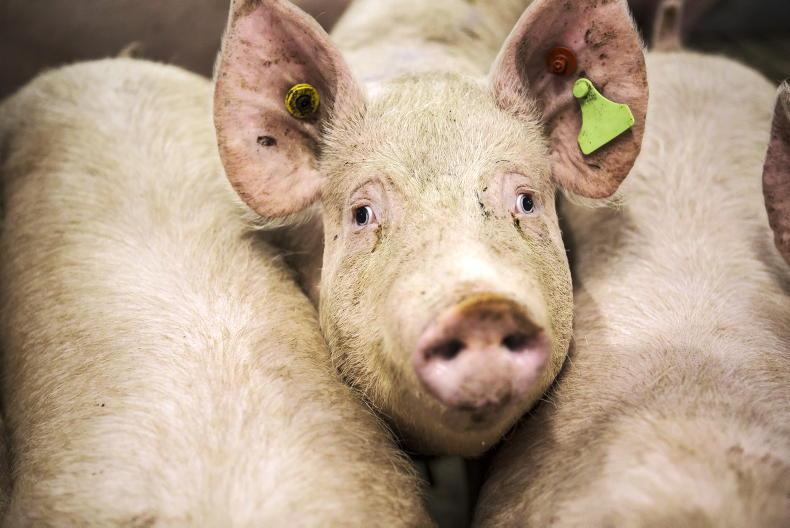Irish Farmers' Association (IFA) pig committee chair Roy Gallie has said pig farmers are reeling following a further drop of 4c/kg which was announced last Friday 27 October.
This, he said, is on top of four price drops of 4c/kg each over the past number of weeks, totalling 20c/kg to date, or a reduction of €18 per pig sold.
For the average-sized family farm, this equates to over €6,000 per week drop in income, the IFA has said.
"These family farms have accumulated losses in the region of €585,000 over the period from August 2021 to May 2023. With overall cost of production remaining stubbornly high, it will take another 12 months at least before farms recover their losses.
Projections
“Current projections indicate that many pig farmers' bank balances will not recover to break even until this time next year," Gallie said.
Pig farmers, including some of the best young farmers in the business, have no interest in working any longer in such a precarious financial environment, he argued.
According to the IFA, there has been a reduction in breeding sow numbers in Ireland by 12% as a result of the global pig crisis of 2021 and 2022.
Gallie said that these reductions in pig price show a very short-sighted view by processors and the wider food industry following such a disastrous period for pig farmers’ margins from summer 2021 to May of this year.
Margins
"Farmers need a sustained period of profitable margins to recover these unprecedented losses.
“There is no significant downward pressure on the retail price to warrant these continuous reductions. In contrast, the October Kantar data shows that the average pork price actually increased,” the IFA national pig committee chair added.
If pig producer prices are dropping while product prices to consumers increase, then who in the food value chain is making all the profit, he questioned.
"Pig farmers have had enough; if margins continue to be eroded, young farmers will stop serving sows and we will end up losing our own pig supply. That is a threat to Ireland's food security,” he concluded.






 This is a subscriber-only article
This is a subscriber-only article










SHARING OPTIONS: